Why your team rejects your suggestion?
Reasons and what you can do about it, backed by research and psychology.
Welcome to the 🔥 free edition 🔥 of Winning Strategy: a newsletter focused on enhancing product, process, team, and career performance. This newsletter shares insights gained from real-world experiences that I gathered working at Twitter, Amazon, and now as an Executive Product Coach at one of North America's largest banks. If you’d like to become a paid member, see the benefits here, and feel free to use this expense template to ask your manager.
"What if we tried shorter sprints? Just for a few iterations?"
A Scrum Master at a mid-sized software company suggested during their retro last month. He'd been watching his team struggle with two-week sprints for months. Stories were getting carried over. Estimates were consistently wrong. The team was frustrated.
His suggestion was backed by solid reasoning.
Research shows shorter cycles can improve focus and estimation accuracy. He even had data from other teams from within the company who'd made the switch successfully.
The response from his development team was negative.
"That's just more overhead."
"We already have too many meetings."
"Two weeks is industry standard for a reason."
They didn’t accept his suggestion.
Having worked with him in the past, I am familiar with his experience as a Scrum Master. His suggestion wasn't terrible. It probably would have helped his team.
So why did they shoot it down so quickly?
In another example, a Scrum Master's suggestion to introduce daily “async” stand-ups was rejected, to the point that she began to doubt her decade of experience.
Not just the Scrum Masters. I’ve seen project leads and even executives run into this same wall time and again.
But why?
It’s not that the ideas they suggest are bad.
Then why does this happen?
It turns out there are deep, psychological reasons why teams resist NEW ideas even when those ideas make perfect sense on paper.
In this post, I will draw your attention to 6 of the biggest reasons your team might not be buying your suggestions.
And what the science suggests you can do about it.
Let’s get started.
If you’re new, here’s what you missed in the last few weeks
How to reset a chaotic meeting discussion and bring it back on track
How to Understand Your Team So Working with them Becomes Much Easier
Get the Substack App (Recommended)
I highly recommend downloading and using the Substack app. This will enable you to read the full newsletter without the length restrictions typically imposed by email clients like Gmail.
Furthermore, you will be promptly notified of the community chat discussions and educational notes I post regularly.
#1 Uncertainty Aversion
"Let’s try shorter sprints. Just for a few iterations."
For the Scrum Master in our earlier example, this idea seemed like a logical next step.
But what about the team?
For the team, the idea introduced a sense of the UNKNOWN.
What if shorter sprints didn’t work?
What if it added more chaos to an already challenging process?
This hesitation is a psychological response rooted in the concept called Uncertainty Aversion.
Wayne Johnson, a business scholar at the University of Utah, says:
"When something is new, nobody can be an expert on it. We wonder, is this brilliant or is this stupid?"
According to a study published in Nature, novel ideas often generate disagreement about their potential value.
That disagreement becomes a red flag. When team members see their colleagues divided about a new idea, they interpret this division as a signal of RISK. The very discussion about whether something might work becomes evidence that it won't.
So, suggesting shorter sprints may have felt like a minor adjustment for the Scrum Master.
But for the team…
…it created uncertainty around their already-established rhythm.
Even though data backed the suggestion, the novelty of the idea triggered hesitation and resistance.
So what can we do about it?
Acknowledge the uncertainty upfront.
When you’re introducing a new idea, help the team feel safe by framing the suggestion as an experiment, not a commitment.
For example:
"I know shorter sprints might feel like a big shift, but let’s treat this as a learning opportunity. We’ll try it for two cycles and assess what works and what doesn’t. Nothing is set in stone."
By reducing the RISK and emphasizing collaboration, you help reduce the gap between uncertainty and action.
#2 "Flavour of the Month" Syndrome
"Here we go again."
For some teams, a new suggestion feels less like an opportunity and more like déjà vu.
If past initiatives have been poorly implemented, abandoned halfway, or failed to deliver any meaningful results, team members may start to view new ideas as just another "flavour of the month."
Meaning: A temporary fad that will disappear as quickly as it arrived.
And just like you wouldn't trust a friend who keeps making and breaking promises, over time, teams develop a natural skepticism toward new initiatives.
Not that they don’t want to improve. They've learned to recognize the pattern:
Announcement
Initial excitement
Partial implementation
Gradual abandonment
Rinse and repeat
This creates a vicious cycle.
The team starts to believe that “good ideas get rejected.”
So what's a Scrum Master to do?
The key to overcoming "flavour of the month" skepticism is to focus on delivering wins.
Start smaller, but commit bigger.
For example, if the team struggles with lengthy retrospectives that feel unproductive, suggest a small tweak like timeboxing discussions or using a new facilitation format. Once they see the improvement, they’ll be more open to additional suggestions.
You can also build credibility by ensuring follow-through.
If you propose an idea, make sure it’s implemented effectively, monitored, and adjusted based on feedback. Consistency in execution builds trust and shows the team that your suggestions are more than just passing trends.
#3 Different cognitive styles within teams
Let's say you suggest ditching detailed user story templates for a more flexible approach with just bullet points.
You notice the split in your team’s reactions.
Half your team lights up. "Finally! Those templates were so restrictive!"
The other half looks horrified. "But... how will we maintain consistency?"
Same team. Same problem. Completely different responses. Your team members' brains are literally wired differently.
Dr. Megan Seibel from Virginia Tech University identifies two distinct cognitive styles that often clash in professional settings:
Adaptors and Innovators.
The Adaptors in your team are the ones who say:
"Let's perfect our current process."
"We need clear guidelines."
"Structure helps us maintain quality."
The Innovators are the ones who say:
"Let's try something completely different."
"Rules limit our creativity."
"Freedom leads to better solutions."
Neither is wrong. They're just different.
This explains why some of your suggestions land perfectly with certain team members while making others deeply uncomfortable. When you propose a change, you're not just presenting an idea to one team. You're inadvertently speaking to one cognitive style while potentially alienating the other.
So what's the solution?
When presenting ideas, speak both languages. Frame the idea to appeal to both styles:
For adaptors: Emphasize how the change improves efficiency or enhances existing processes. For example: "This new approach will help us reduce time spent in meetings, making our existing workflow even smoother."
For innovators: Highlight the creative or disruptive aspect of the idea. For example: "This is a chance to break free from our usual routine and try something completely different."
When both your Adaptors and Innovators feel heard and valued, that's when resistance transforms into collaboration.
#4 Authority of the presenter
"It’s not the idea; it’s who’s saying it."
When an idea comes from someone in a senior role, it’s often perceived as credible and worth discussing. But if a junior team member proposes the same idea, it may be dismissed or overlooked entirely, regardless of its merit.
This bias isn’t always intentional.
Teams may unconsciously associate authority or experience with the validity of an idea.
For Scrum Masters, this can be tricky. Your position as a facilitator, not a direct decision-maker, may lead the team to downplay your suggestions, even when they’re backed by evidence.
What you can do about it:
Use the following 3 strategies.
1. Build Alliances:
Before presenting your idea in a meeting, share it privately with influential team members, for example, a senior developer or product owner. Let them challenge it, refine it, and take partial ownership of it. When the idea finally reaches the team, it comes with built-in advocates.
2. De-personalize the idea:
Frame the suggestion as coming from a trusted source and not from you. For example:
“I’ve seen other teams experiment with this approach, and the results were really promising. What do you think?”
3. Don’t present solutions. Present observations and ask questions:
"I've noticed [problem]. What do you think about this?"
"Has anyone else encountered this challenge?"
Let the team discover the solution you already know about.
The best way to lead isn't from the front. The best way is by creating the space for your team to arrive at the correct conclusion themselves.
Quick Note: Don’t forget to show your support.
Every post on Winning Strategy takes 3 days of research and 1 full day of writing. You can show your support with small gestures.
Liked this post? Make sure to 💙 click the like button.
Feedback or addition? Make sure to 💬 comment.
Know someone who would find this helpful? Make sure to recommend it.
I strongly recommend that you download and use the Substack app. This will allow you to access our community chat, where you can get your questions answered and your doubts cleared promptly.
#5 No help from management
"Let's start doing automated testing for our user stories."
Let's say you made this suggestion. Your team is facing an increasing number of bugs reaching production, and manual testing has become a bottleneck.
The idea is sound.
Automated testing would catch regressions earlier, giving the team more confidence in their deployments.
The development team agreed.
"Yeah, we need better test coverage."
"It would save us so much time in the long run."
But weeks passed, and nothing happened.
When you brought it up again in the next retrospective, you heard things like:
"I don't really know how to write good automated tests,"
"We'd need to research testing frameworks first."
"And honestly, where would we find the time? We're already struggling to hit our sprint commitments."
The team is not resisting the idea. They are paralyzed because they lack the necessary resources to make it happen.
What you can do about it:
Do not present a solution without considering the foundation needed to support it. Make sure the necessary support is in place.
This could mean:
getting approval for additional training
allocating a budget for tools
adjusting deadlines to give the team time to adapt
Also…
Acknowledge the team’s current workload and ensure the change won’t overburden them.
For example:
“I know we’re already busy, so let’s work together to identify what we can pause or deprioritize while we try this out.”
#6 No clear implementation plan
"Sounds great… but what do we do next?"
Even when an idea is well-received, it can lose momentum without a clear implementation plan.
Teams thrive on clarity and structure.
If a suggestion doesn’t outline specific steps, define roles, or establish accountability, it’s likely to fizzle out before it gets started.
Let’s say you suggested a new approach for refining user stories. Everyone agrees it’s a good idea, but:
There’s no follow-up on how to implement it.
Who’s responsible for leading the change?
What steps need to happen, and by when?
Without answers to these questions, the team is left directionless. The enthusiasm quickly fades.
What you can do about it:
To ensure your ideas translate into action, create a concrete implementation plan that’s easy for the team to follow. Here’s how:
Outline the specific tasks needed to implement the suggestion. For example: “To improve our backlog refinement sessions, we’ll start by agreeing on a consistent agenda. Then, we’ll schedule a workshop to practice the new format.”
Make it clear who’s accountable for each part of the plan. For example: “The product owner will prepare the backlog in advance, and I’ll facilitate the refinement sessions to ensure we stay on track.”
Establish clear deadlines for each step. For example: “We’ll pilot this for the next two sprints and review the results in our retrospective at the end of the month.”
Follow up. Regularly check in with the team to track progress and address any obstacles. Show your commitment to seeing the idea through.
By providing a roadmap for implementation, you ensure your suggestions lead to meaningful results.
The Journey Forward
Understanding why teams resist suggestions is only half the battle.
Now you know that when your team pushes back on your ideas, it's NOT about the quality of your thinking. The resistance might have its roots in:
uncertainty
past experiences, and
the unique perspectives that every team member brings to the table
Maybe your suggestion is getting dismissed because of your position in the team hierarchy. Or perhaps the team genuinely wants to implement it but lacks the resources and support to make it happen.
These signs don’t make your team dysfunctional.
These signs are simply predictable human responses that every Scrum Master should be aware of.
Once you understand these resistance patterns, you can plan around them. You can address each potential source of resistance before bringing these suggestions to your team.
How, you may ask?
In the next post, I'll provide a tried-and-tested toolkit to help you think through and assess your suggestion against all possible resistance points, and create an implementation plan before presenting it to your team.
Good ideas don’t have to go to waste.
They just need better launch conditions.
Research
https://nautil.us/why-we-reject-new-ideas-500455/
https://www.industryweek.com/leadership/change-management/article/22008146/five-steps-to-making-performance-improvement-stick
https://journalistsresource.org/wp-content/uploads/2011/09/Creative-Ideas.pdf
https://www.entrepreneur.com/leadership/how-to-respectively-decline-employees-suggestions/442433
https://www.business.com/articles/the-psychology-of-organizational-change-how-neuroscience-can-help-leaders/
https://knowledge.wharton.upenn.edu/article/better-communication-neuroscience/
https://hapaipublic.org.nz/Article?Action=View&Article_id=150326
https://thementalgame.me/blog/the-psychology-behind-successful-team-dynamics-in-the-workplace
https://www.researchgate.net/publication/387166670_Change_on_the_Brain_The_Neuroscience_of_Organizational_Transformation
Further Reading
Connect With Me
Winning Strategy provides insights from my experiences at Twitter and Amazon.


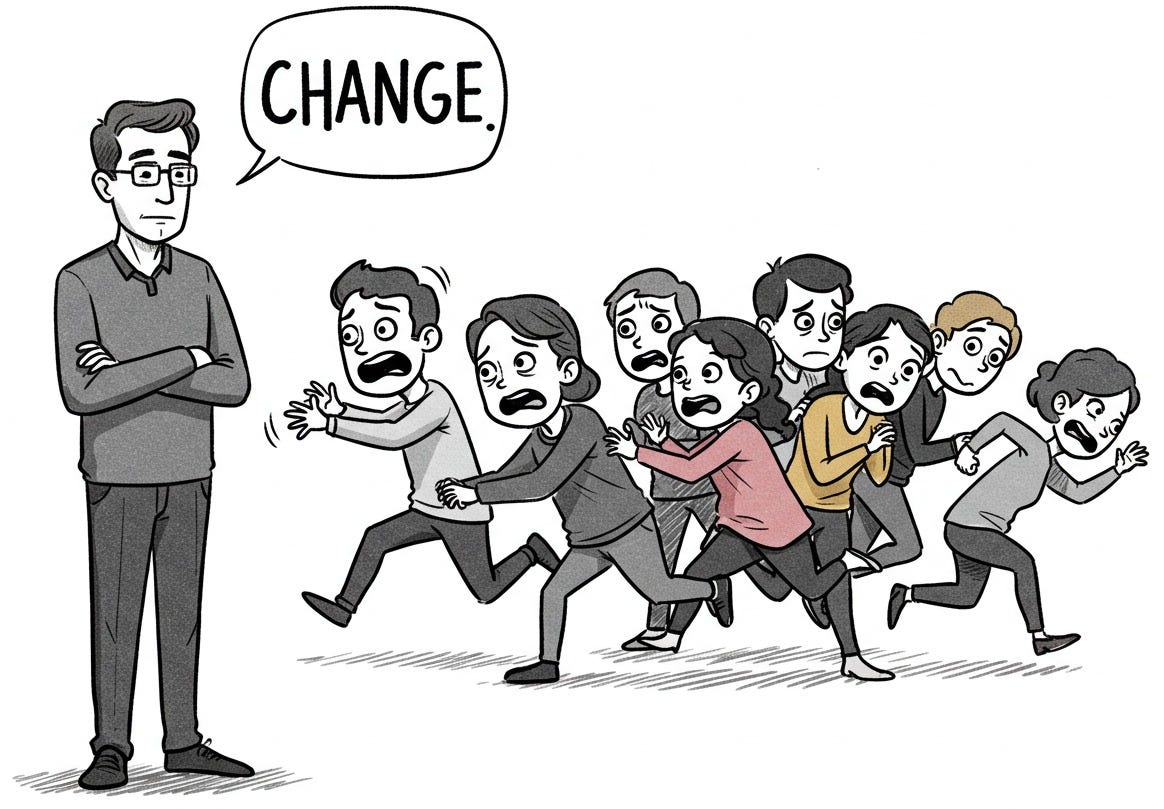


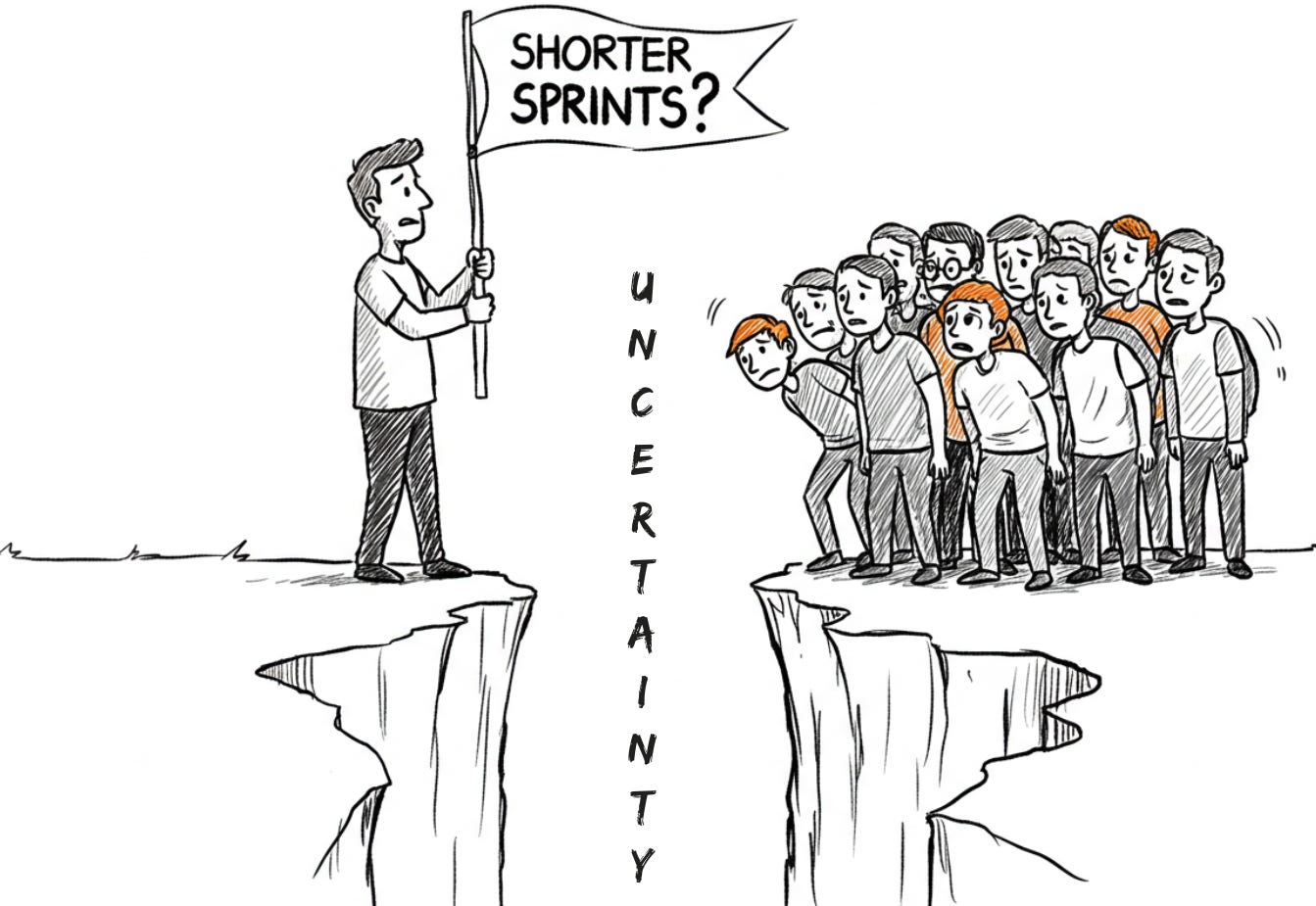

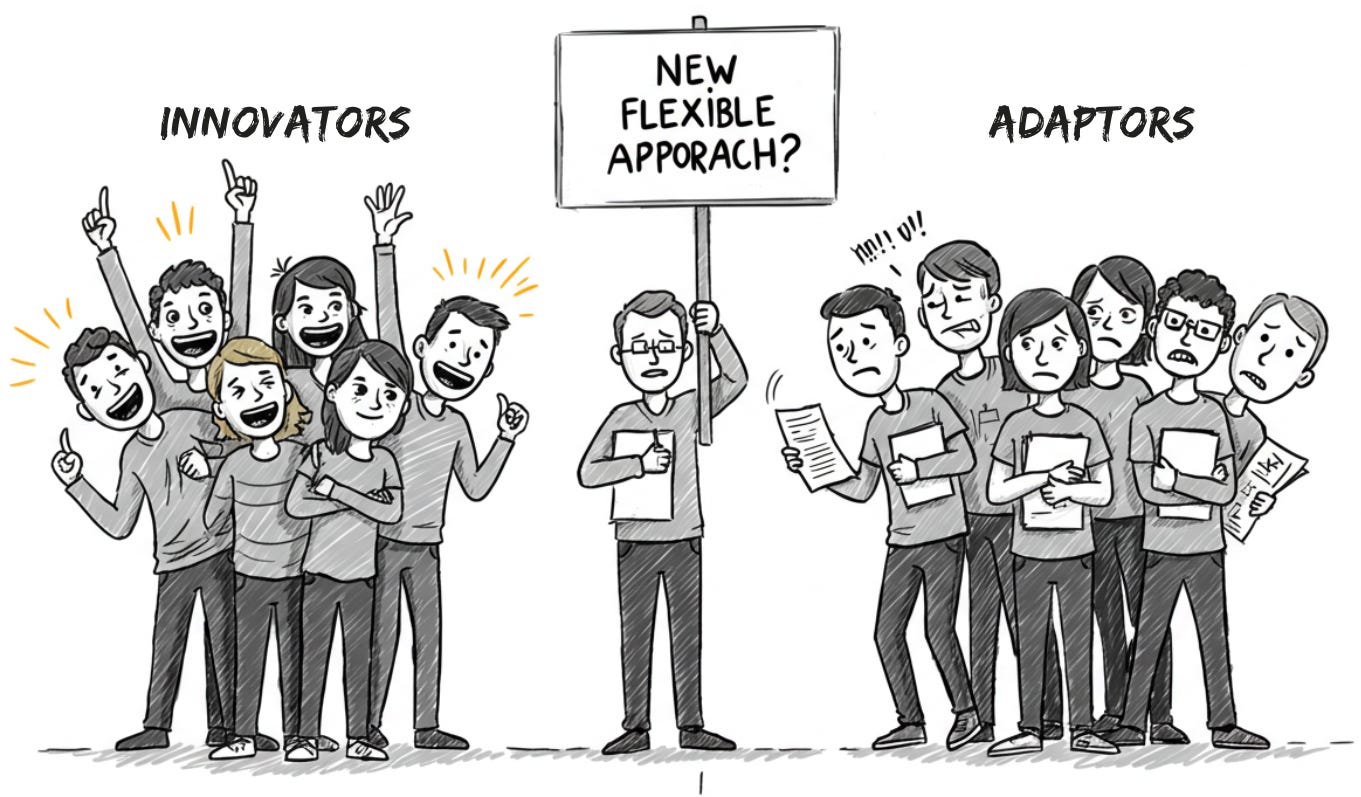
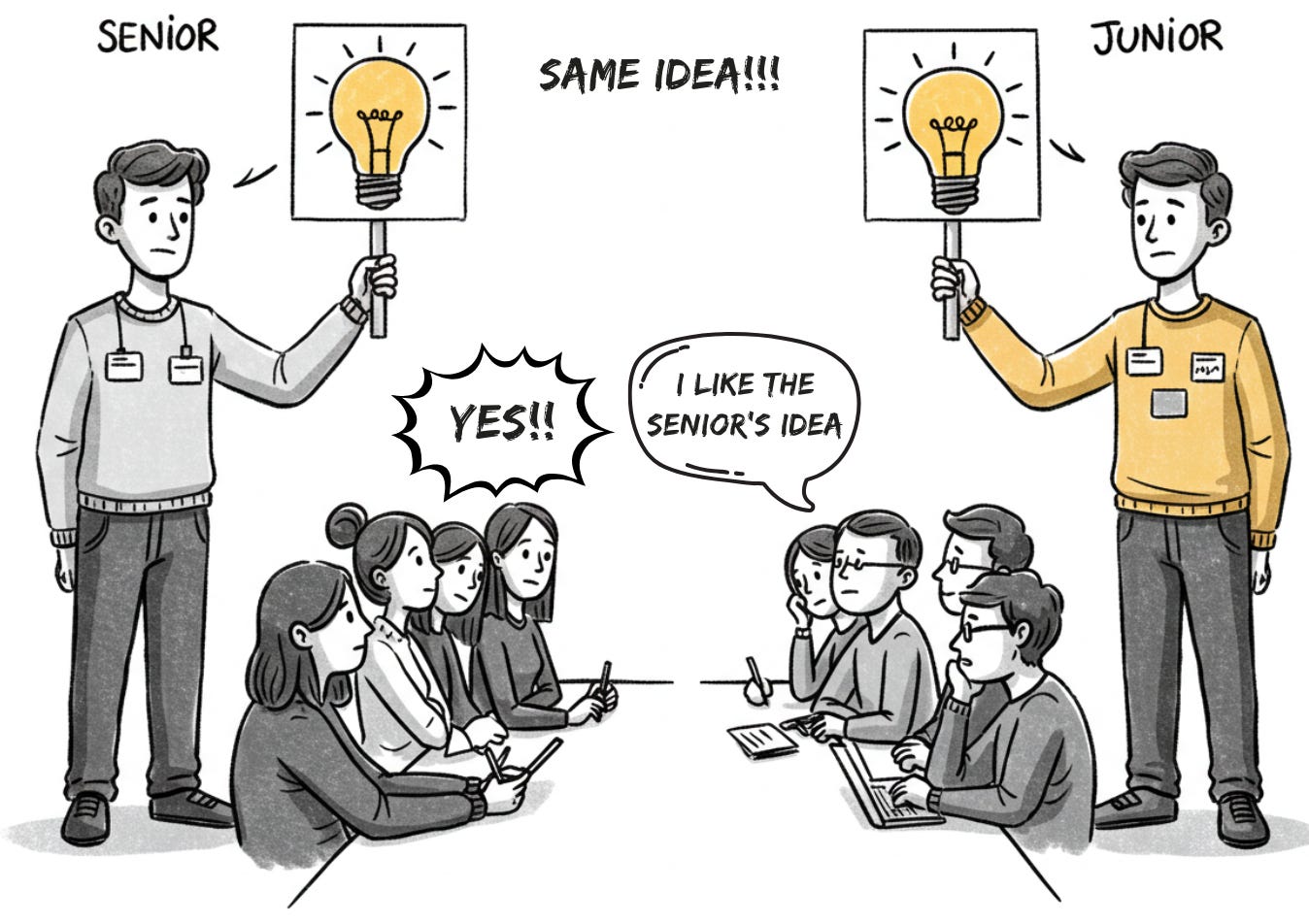

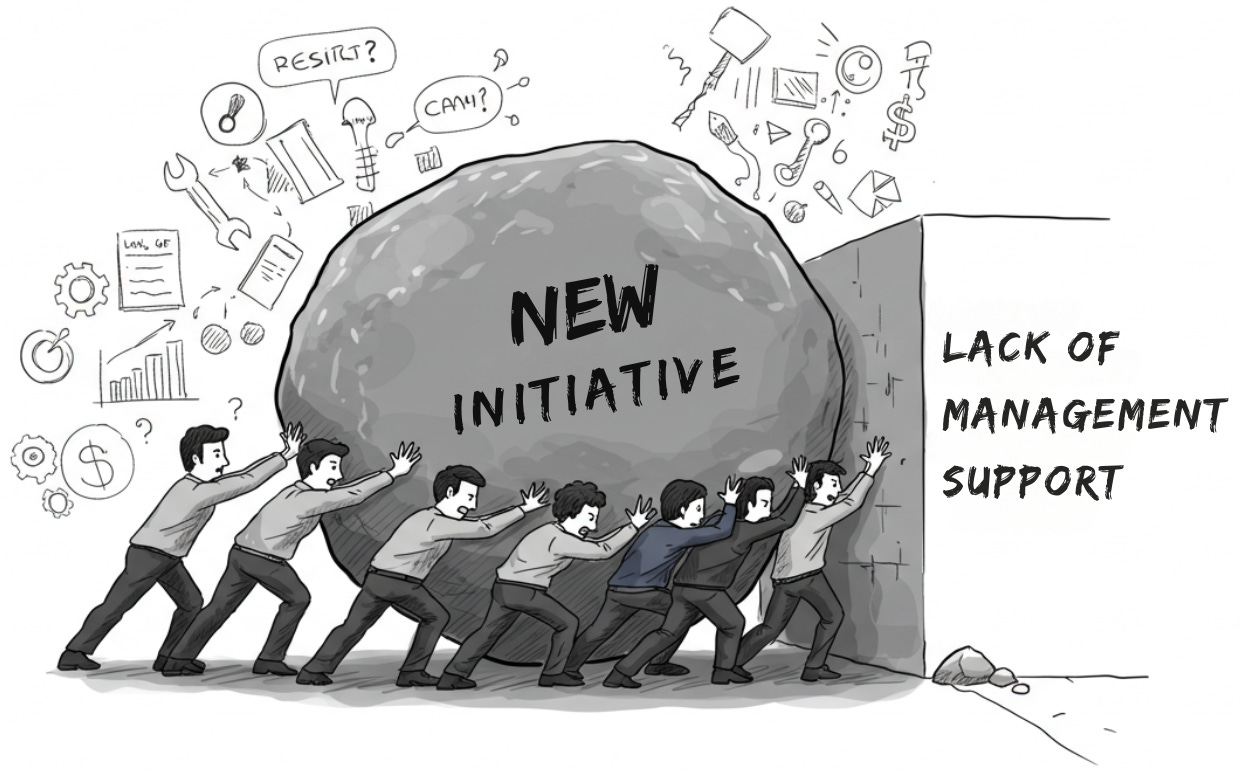
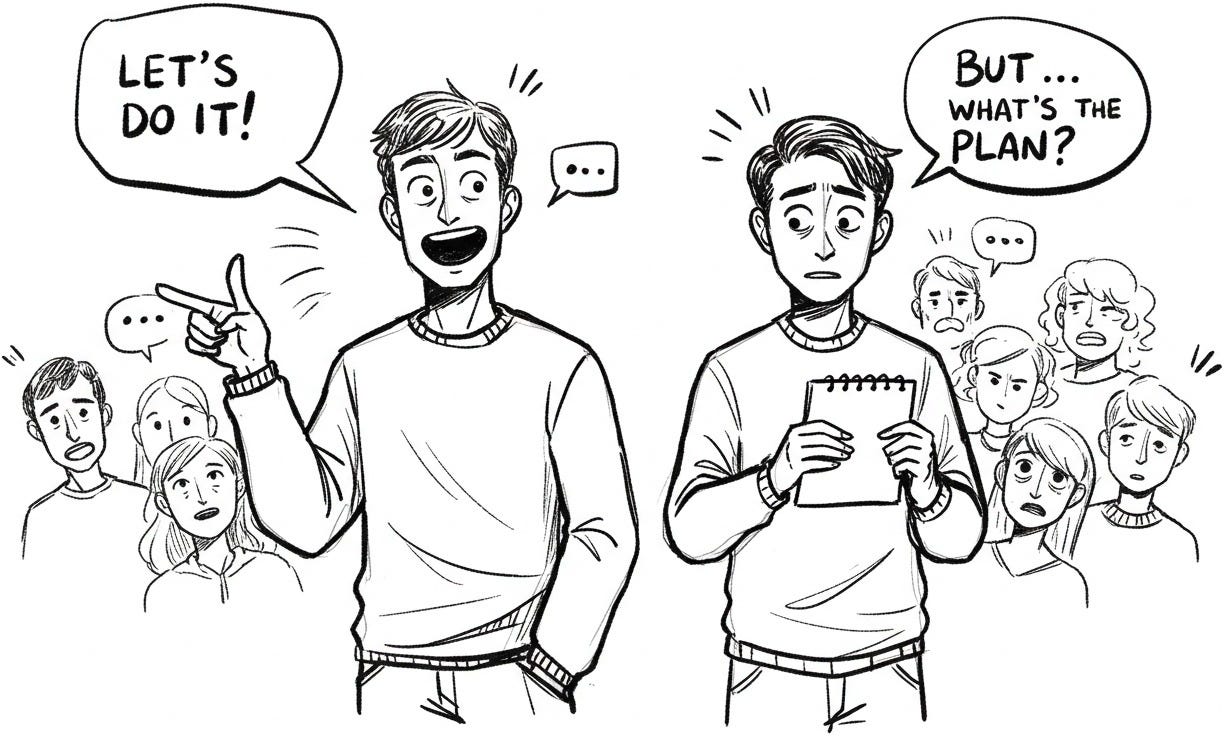
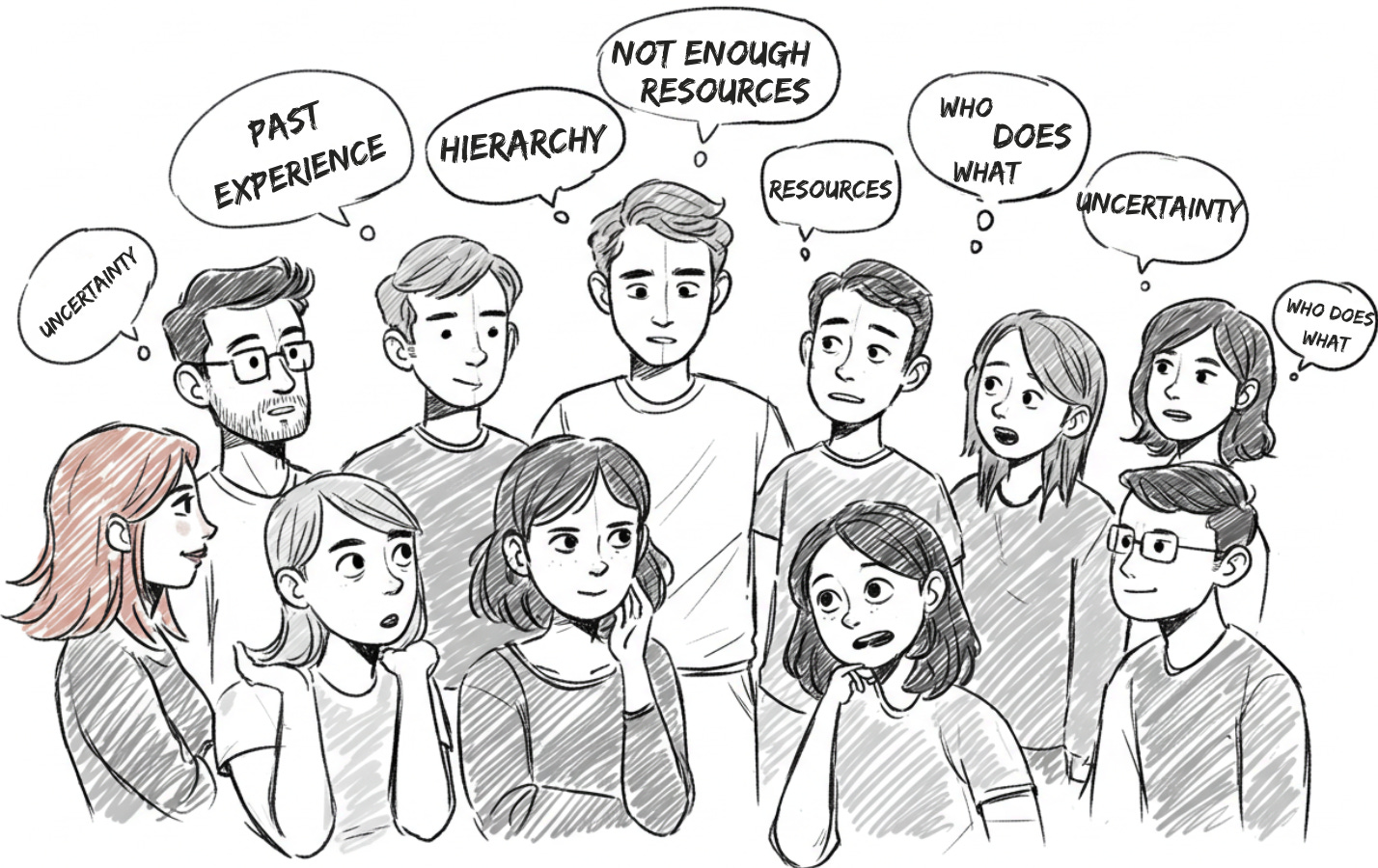
What can I say! This is brilliant, very practical, and powerful.